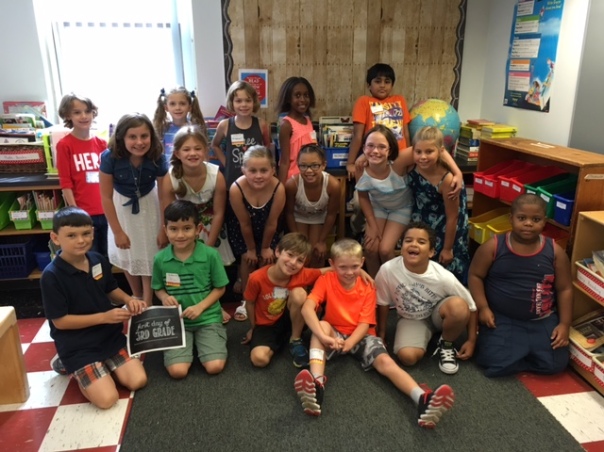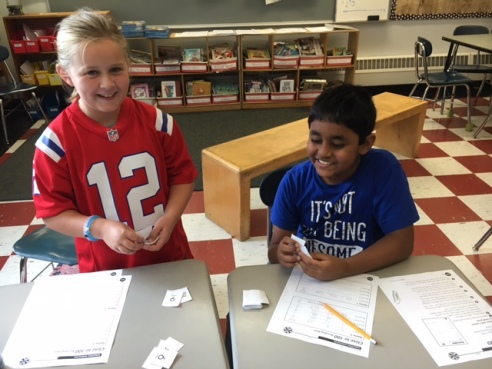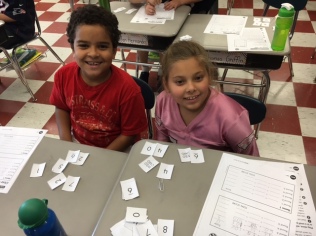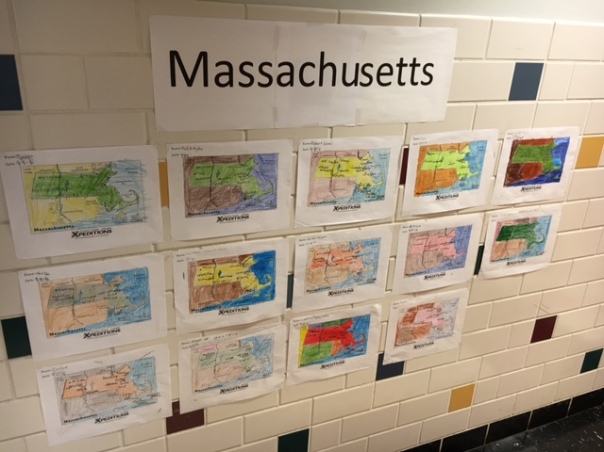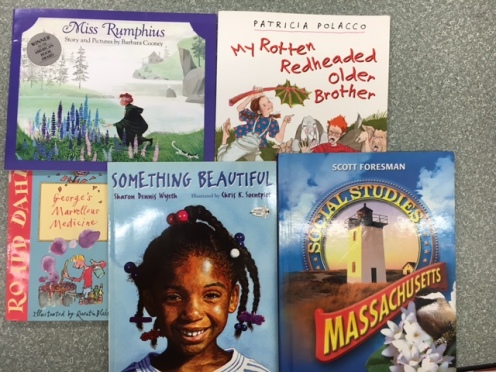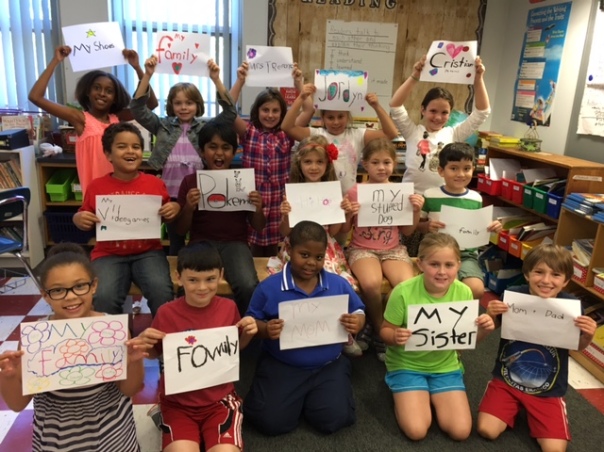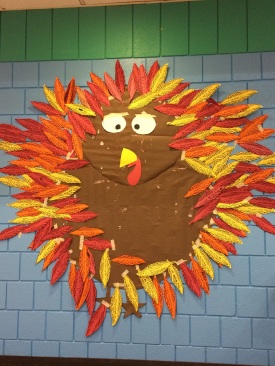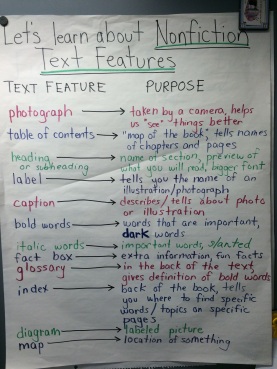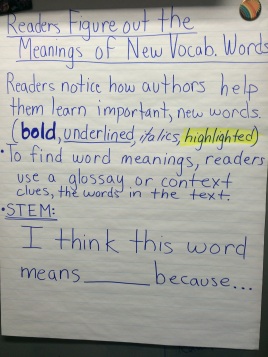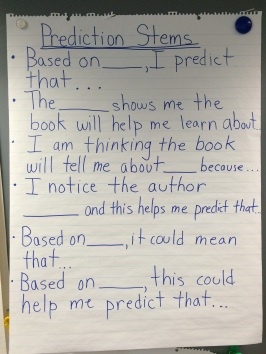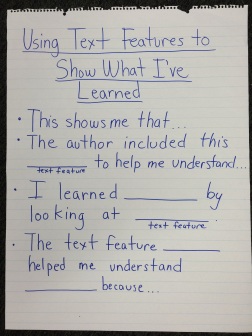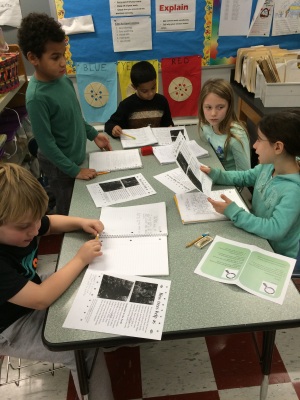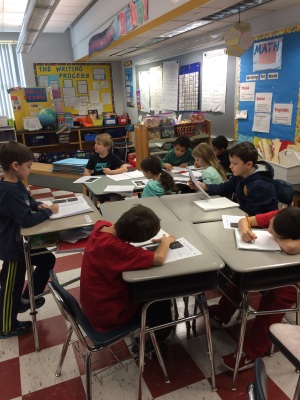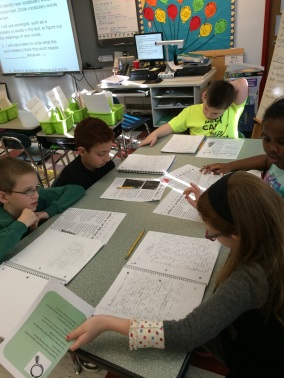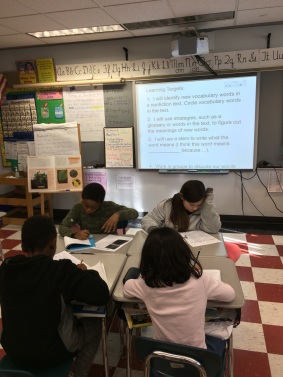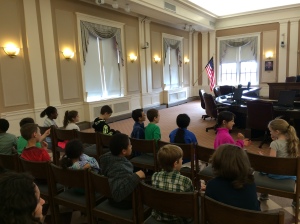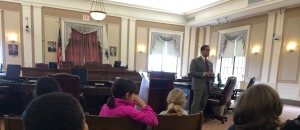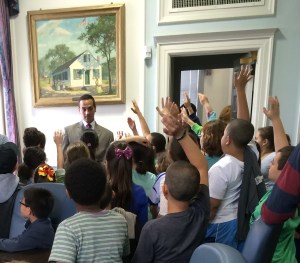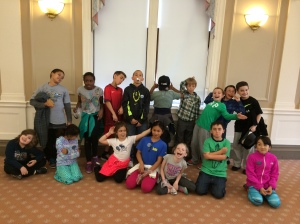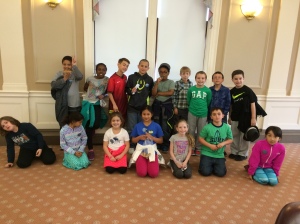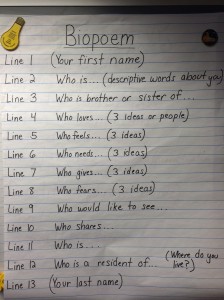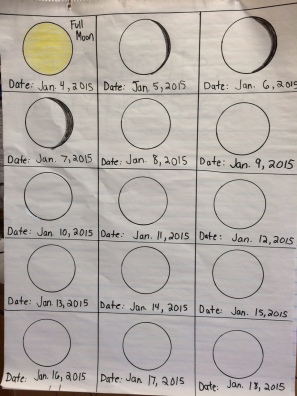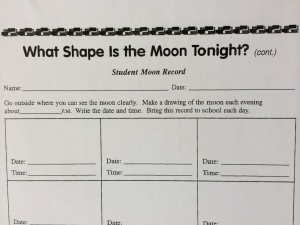Our class has been working to develop ideas about what they are reading to write a one page written essay.
Readers read the passage two times. The first time is to get an idea about what the text is about and what the author is trying to tell us. The second time is to underline important information (key ideas), to circle challenging and confusing words, to write any questions, and to write your thinking (annotate).
Students have been writing responses based on one text AND responses based on two texts that are related (paired texts).
Below are the steps students take to answer a paired text question, and the success criteria for the written essay.
Steps I take to answer a paired text question:
- Analyze the question. What is it asking?
- Look at the first text and my annotations. Find clues to answer the question.
- Look at the second text and my annotations. Find clues to answer the question.
- Develop a central idea. This is the center of the writing.
- Answer the question using evidence from the texts. Use your box and bullets organizer (see below) to plan your response. Then write your response.
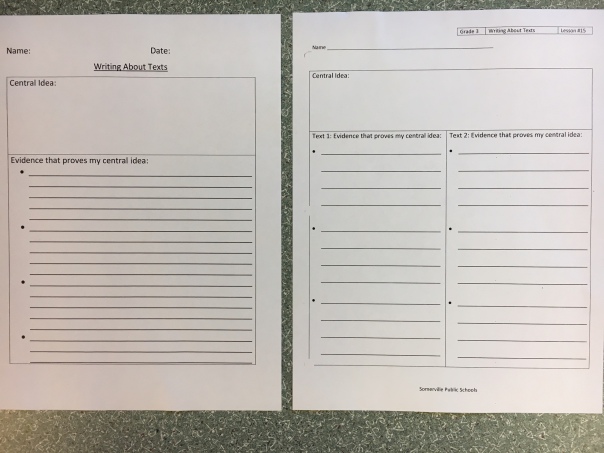
I know I am successful when:
- I answered all parts of the question.
- I stated my central idea at the beginning of the essay.
- I gave evidence from the text or texts.
- I gave an explanation (say more) sentence for each piece of evidence. (Be sure to connect back to central idea)
- I wrote a conclusion sentence (so what).
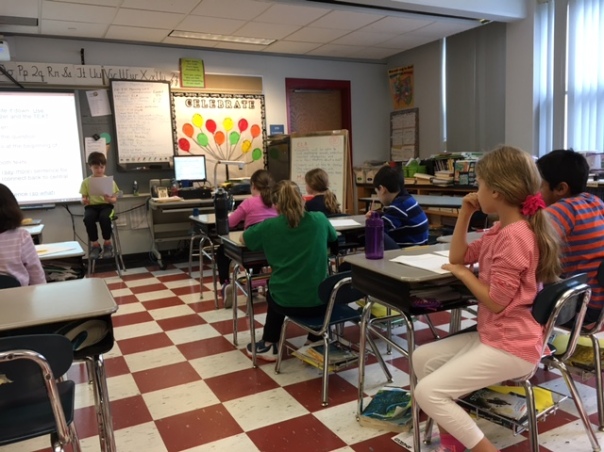
After students are finished with the essay they use a checklist to critique their writing. This checklist allows them to analyze their writing for the central idea, evidence, explanation, and conclusion. Perhaps the most important component is identifying what they need to work on so that they can continue to improve their writing.
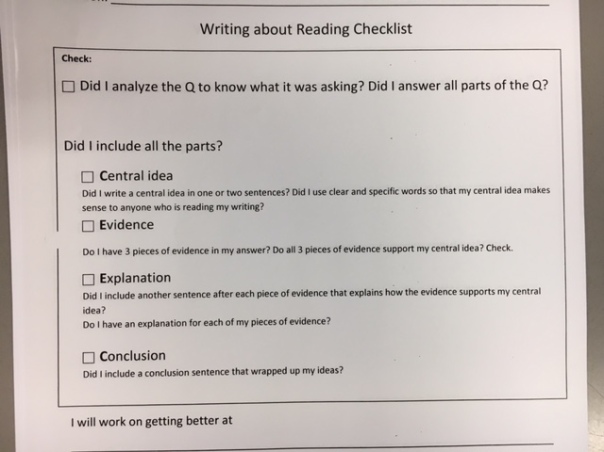
Below you can see students hard at work. They are reading essays and evaluating the essays based on the “Writing about Reading Checklist”.
The entire class has made significant progress and we will continue to work on writing about texts.




